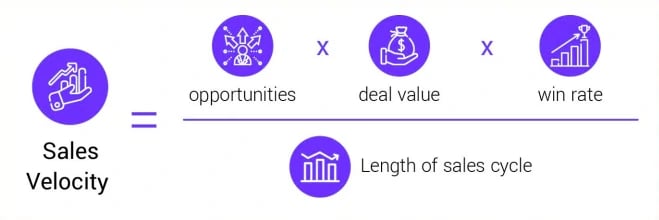
1:1 ABM Campaign Budget Allocation
Calculator
Determine the budget allocation for a 1:1 ABM campaign based on the account's ACV, importance, and strategic potential.
This calculator provides a flexible framework to align resources effectively with campaign goals.
Account Level
ACV Range
Budget Allocation% of ACV
Level 1
Growth Account
$50,000 - $150,000
Budget Allocation% of ACV 1%
Level 2
Strategic Account
$150,000 - $300,000
Budget Allocation% of ACV 3%
Level 3
Star Account
$300,000+
Budget Allocation% of ACV 5%
Indicate your ACV and calculated budget
Calculated Budget
$0
Budget Breakdown
Plan and allocate the budget for a 1:1 ABM campaign across different tactics and channels.
This template allows for flexibility based on specific campaign goals and account requirements.
Account Level
Budget Allocation$
Ad Spend
Direct Mail
Exclusive Events
Microsite Development
Content Creation
Creative Design
Social Media Outreach
Email Marketing
OOH Advertising
Sales Enablement
Account Workshops
Miscellaneous
Total
$0
Account Qualification Assessment
Use this questionnaire to determine whether an account is qualified for a 1:1 ABM campaign or not.
Question
Answers
Is the account’s ACV high enough to justify the investment?
Have they interacted with our website or ads?
Are decision-makers engaging with our LinkedIn content?
Are there active conversations or open opportunities with this account?
Does this account align with our growth objectives?
Is this account a marquee name that enhances brand reputation?
Will they help us break into a new market or open doors to additional accounts?
Results
Unqualified Account
An unqualified account does not meet the minimum criteria to justify a 1:1 ABM campaign. These accounts often have low ACV, minimal engagement with your brand, or weak alignment with growth objectives. While they may have some potential in the long term, they currently lack the indicators needed to prioritize significant investment. Focus on maintaining light engagement to keep the account aware of your offerings and monitor for signs of increased interest or alignment in the future.
Results
Qualified Account
A qualified account shows good potential and alignment with your goals. These accounts demonstrate moderate engagement, reasonable alignment with growth objectives, and the potential to become valuable customers. They are worth investing time and resources but require careful planning to ensure cost-efficiency. Focus on targeted and personalized strategies that address their specific needs and challenges, while keeping resource allocation in check. These accounts can be excellent contributors to your pipeline when approached strategically.
Results
Super-Qualified Account
A super-qualified account represents the ideal 1:1 ABM opportunity. These accounts have high ACV, strong engagement, and align perfectly with your strategic goals. They often hold marquee status in their industry, making them valuable not only for revenue but also for enhancing your brand’s credibility and opening doors to similar accounts. These accounts warrant a dedicated, high-touch approach, with personalized campaigns that showcase your commitment to their success. Winning these accounts can be transformative for your business, justifying significant investment and strategic focus.





.webp)